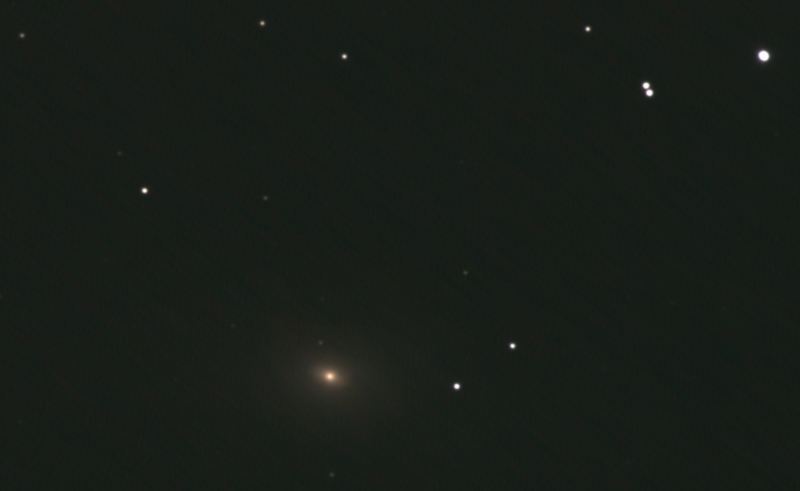I’ve long been fascinated with the night sky, the planets, the galaxies, the possibility of alien worlds out there. And, yes, I confess, I also have an interest in the possibility that UFO’s do exist. Oh, I’m not a tin-foil hat wearing enthusiast, but I do love the idea that we are not alone. So it makes sense that I’ve also long been fascinated with telescopes and amateur astronomy.
From my heavily light-polluted suburban back yard I can use my computerized telescope mounts to GOTO just about any object in the sky, but because of that light pollution there sometimes isn’t much to see, and much of what is left isn’t all that impressive to the naked eye. To really bring out the detail one needs to take a photo, or two, or several hundred and “stack” them on top of each other to build up an image. For this to work, though, requires precise tracking because, well you know, the earth spins and so objects in the sky are constantly moving, and if you take a picture for longer than, say, ten seconds, you’ll see that movement, and it sucks! But the computerized mounts have alignment routines built into them which are supposed to compensate for the earth’s rotation, right? Well, yes in theory, not so much in practice.
I cleaned and tuned my mount to make it as smooth as possible. And I’ve been very careful about balancing because that’s crucial to success. I bought and use a reticle eyepiece so I know when a star is exactly centered. And to really make sure of things, I added an autoguider – a camera that works with the computer and mount to keep the telescope locked onto its target. The result? Not bad, but could be better. But I was out beyond the extent of my knowledge. What to do? Ask!
Fortunately, the amateur astronomy community is both supportive and helpful and filled with some extremely knowledgeable folks. Almost immediately I got suggestions on tweaking my control software that seemed to have made all the difference in the world and now, for the first time, I have really round stars meaning no drift. I am ready to move on to the next step – long-duration astrophotography (well, as long as my camera allows for – 4 minutes and 16 seconds!). I am giddy with excitement and tingling with enthusiasm, and I am extremely thankful to the good folks at Cloudynights.com for their support. Life is too damned short for fumbling one’s way along.
M81 – total exposure time approx. 2 hours (Panasonic GH1 @ISO400, Celestron C8 @f6.3), full moon. Point was to check star shape – they seem very round to me!

